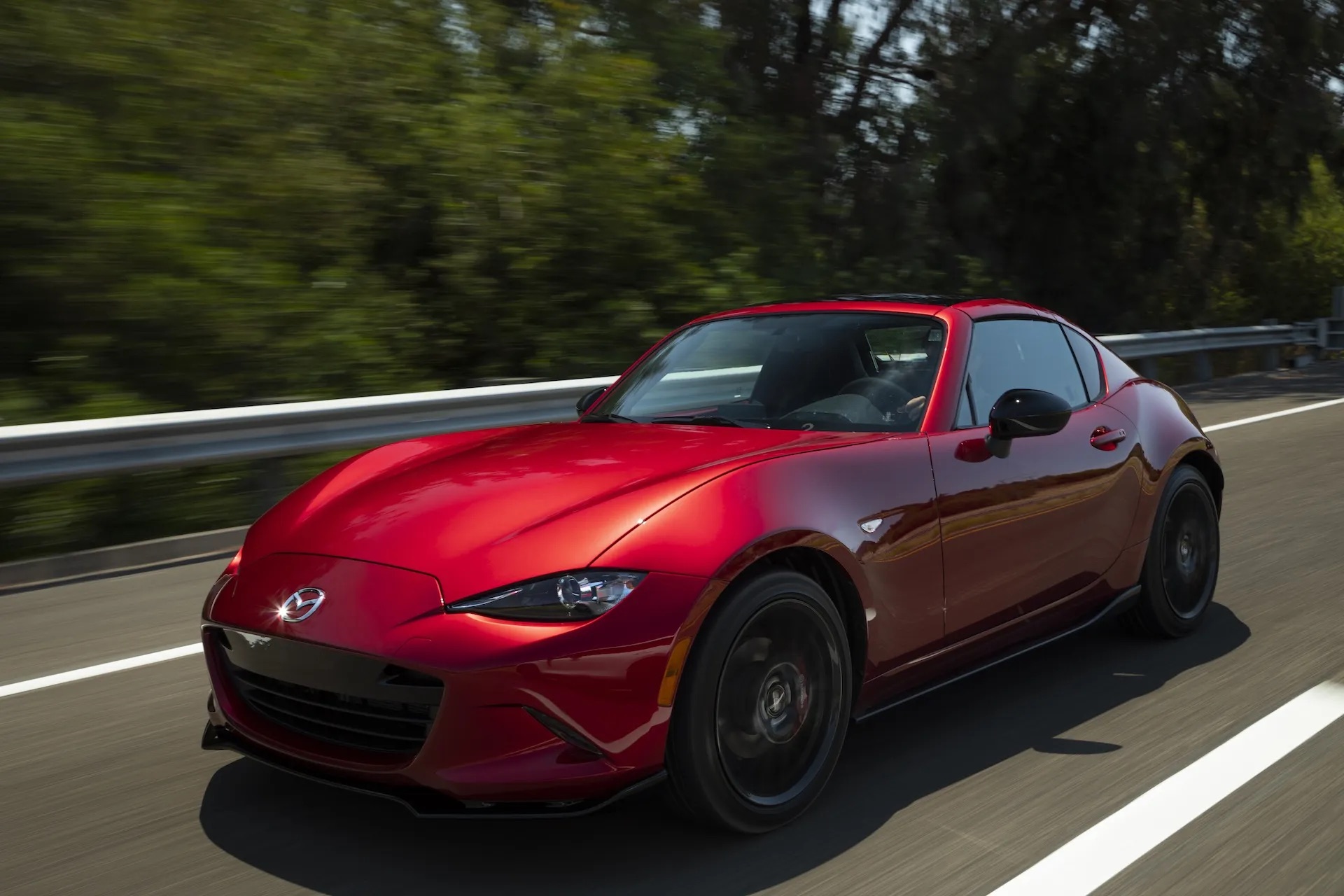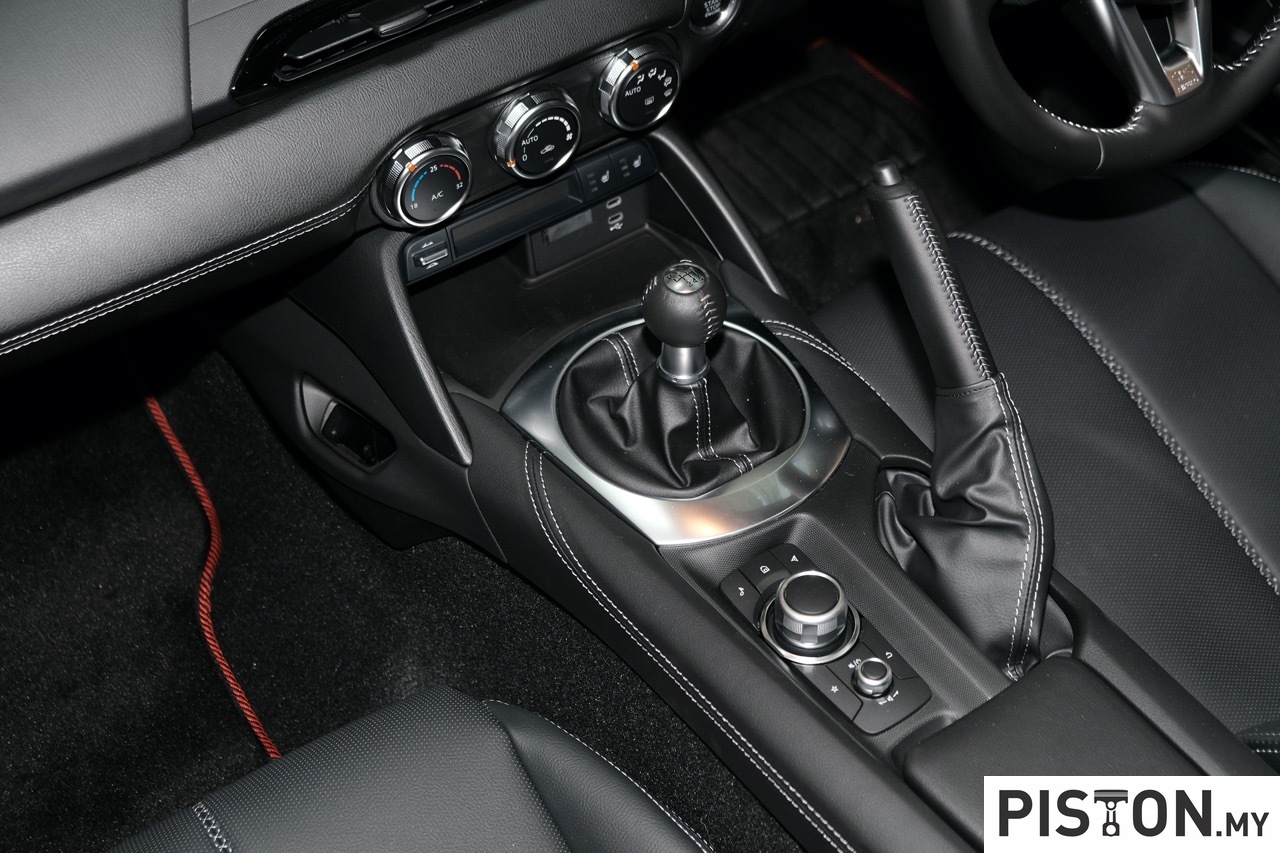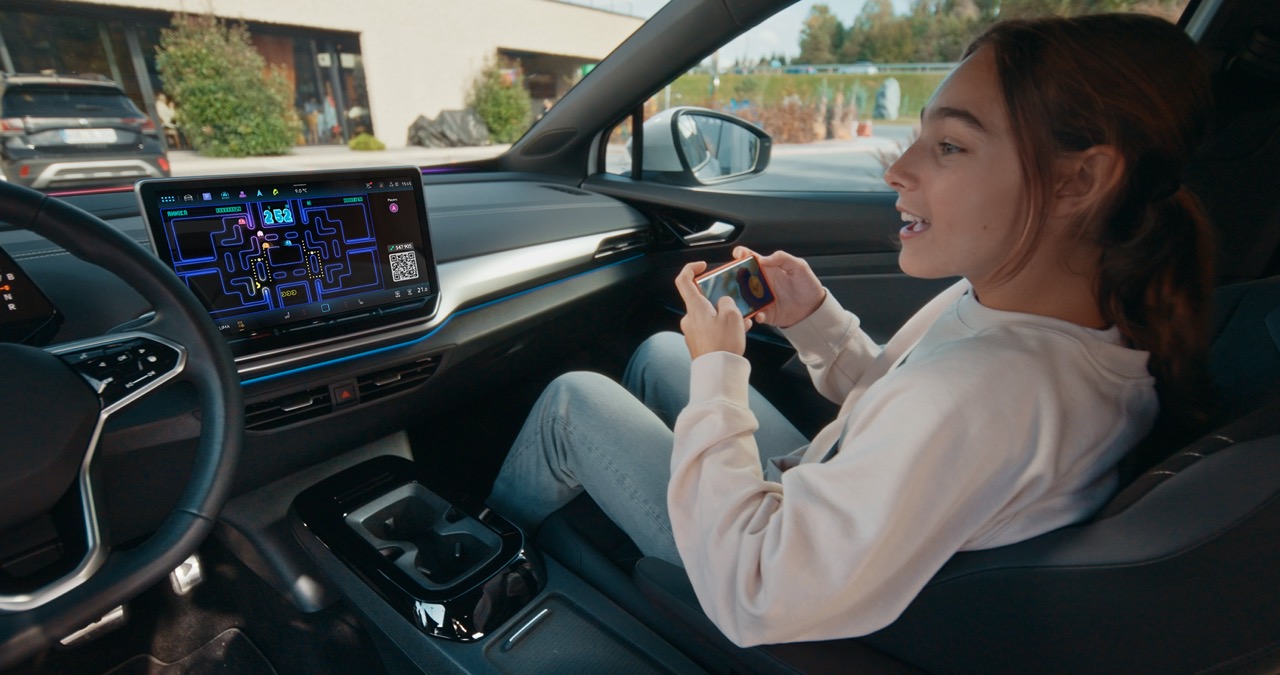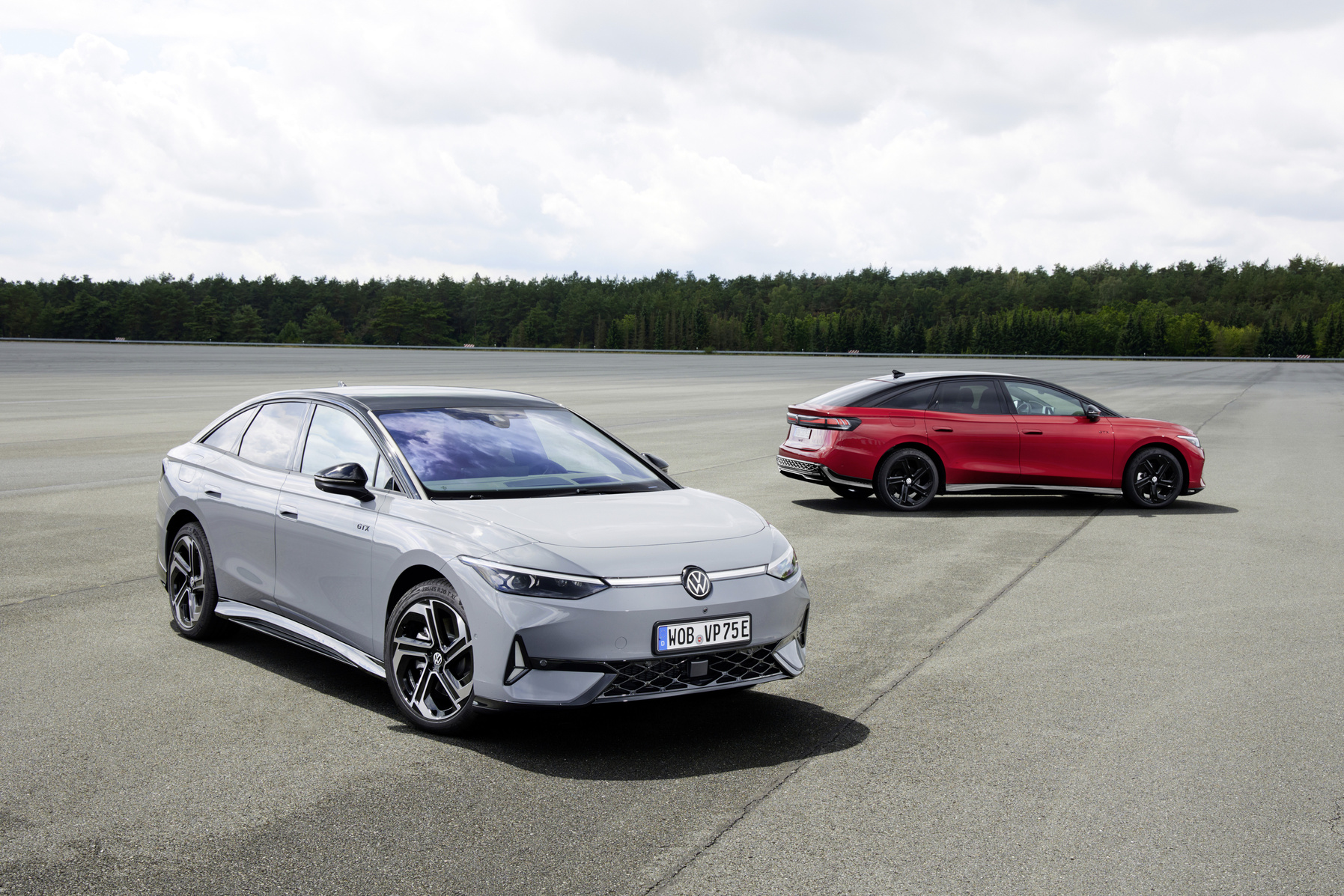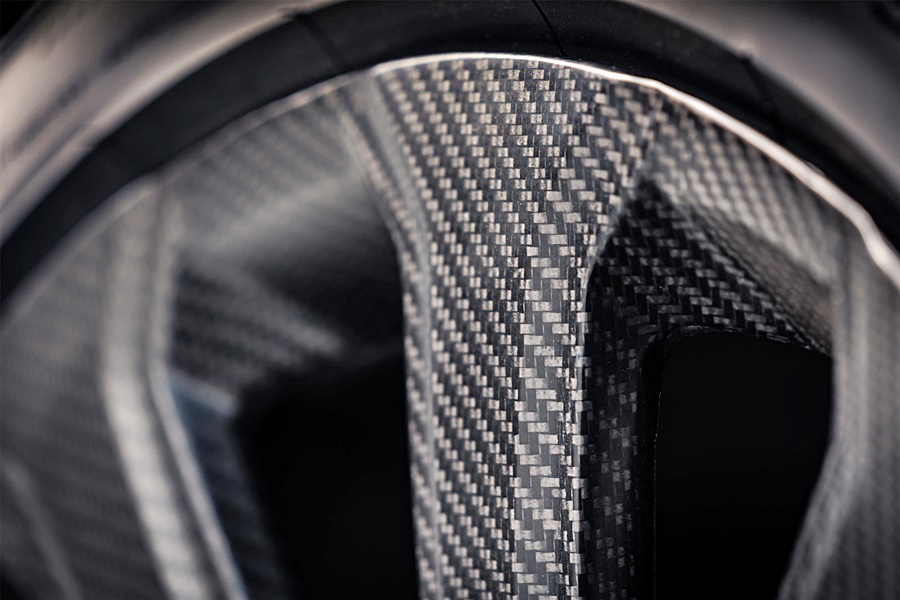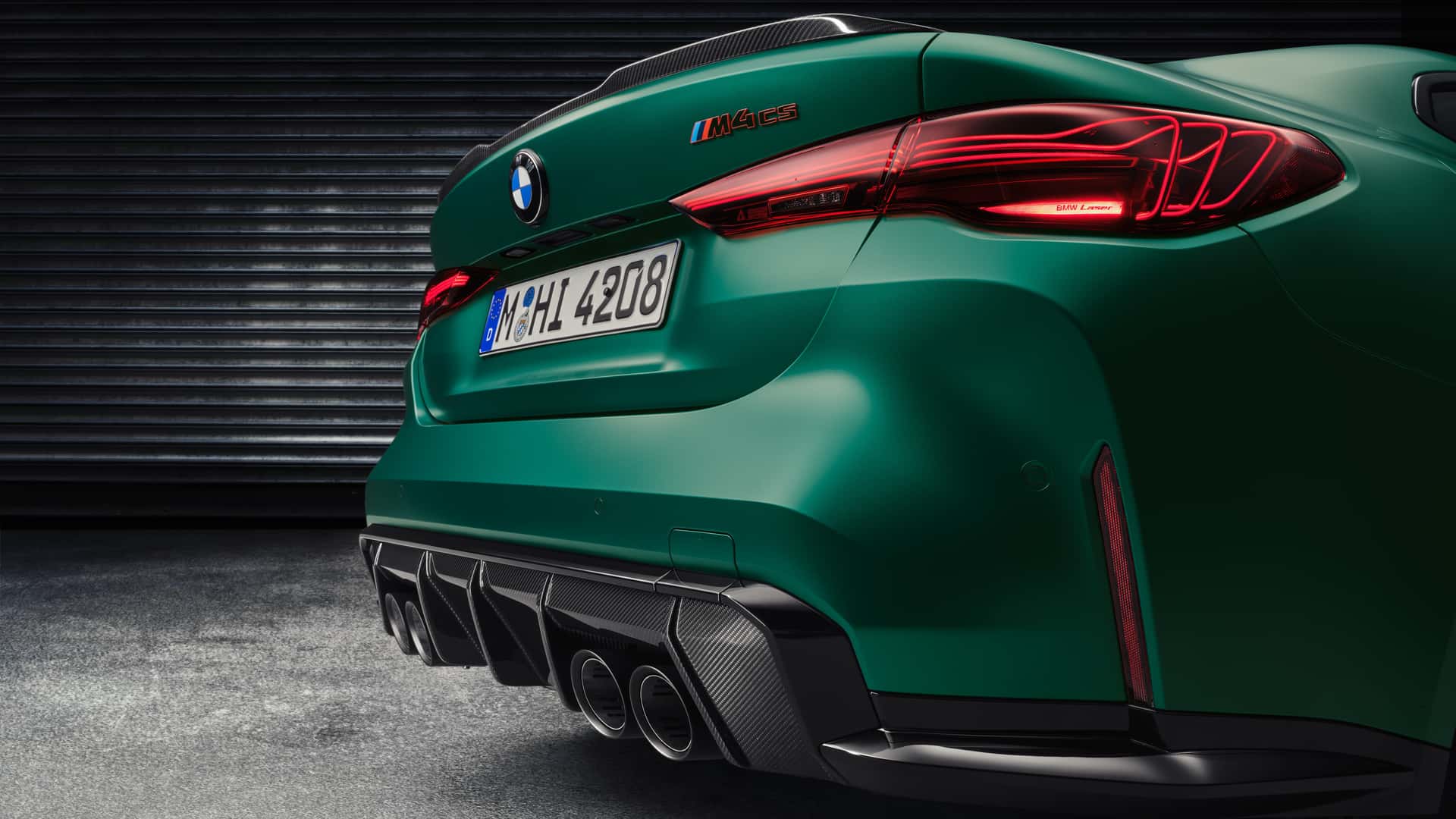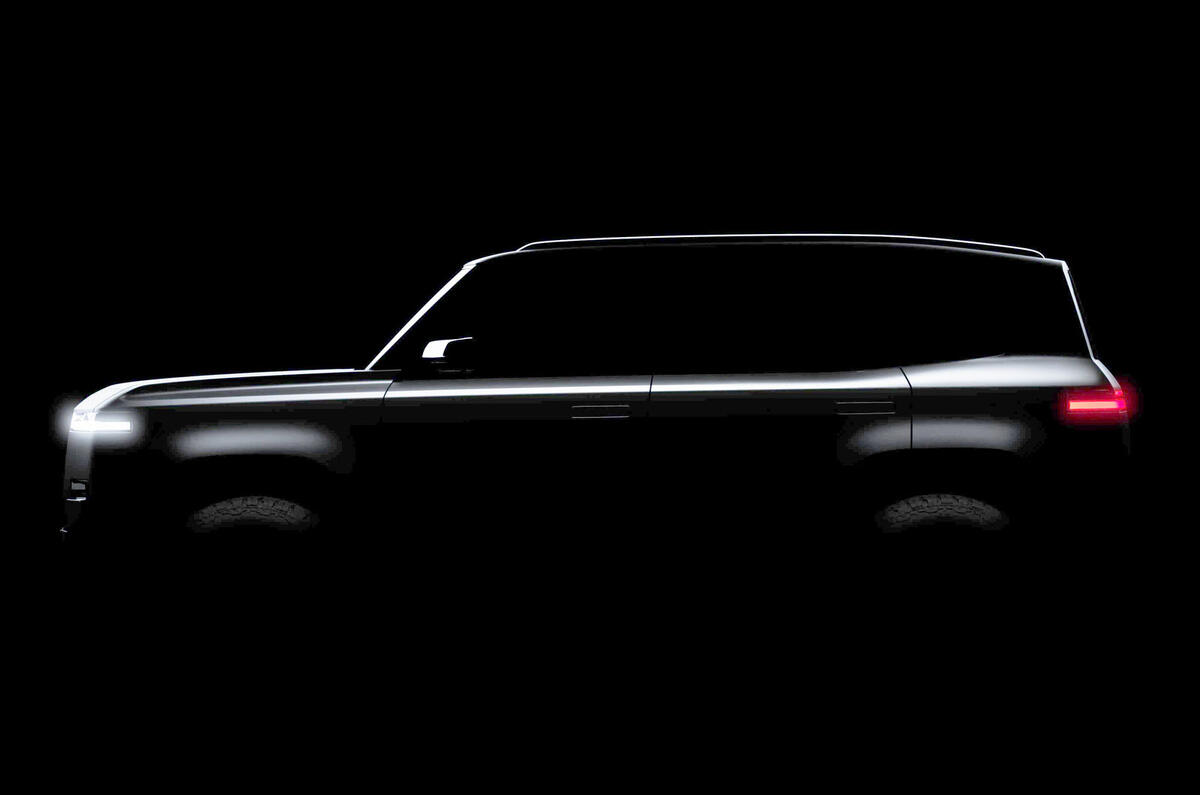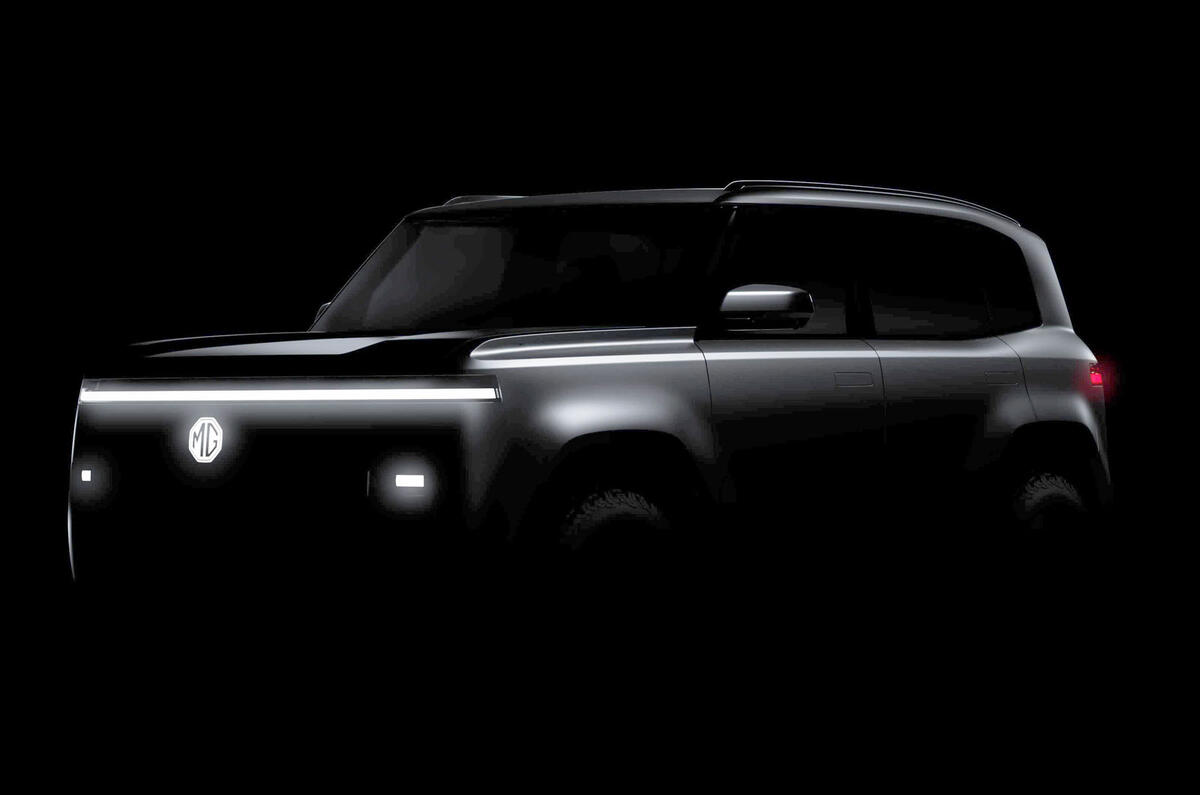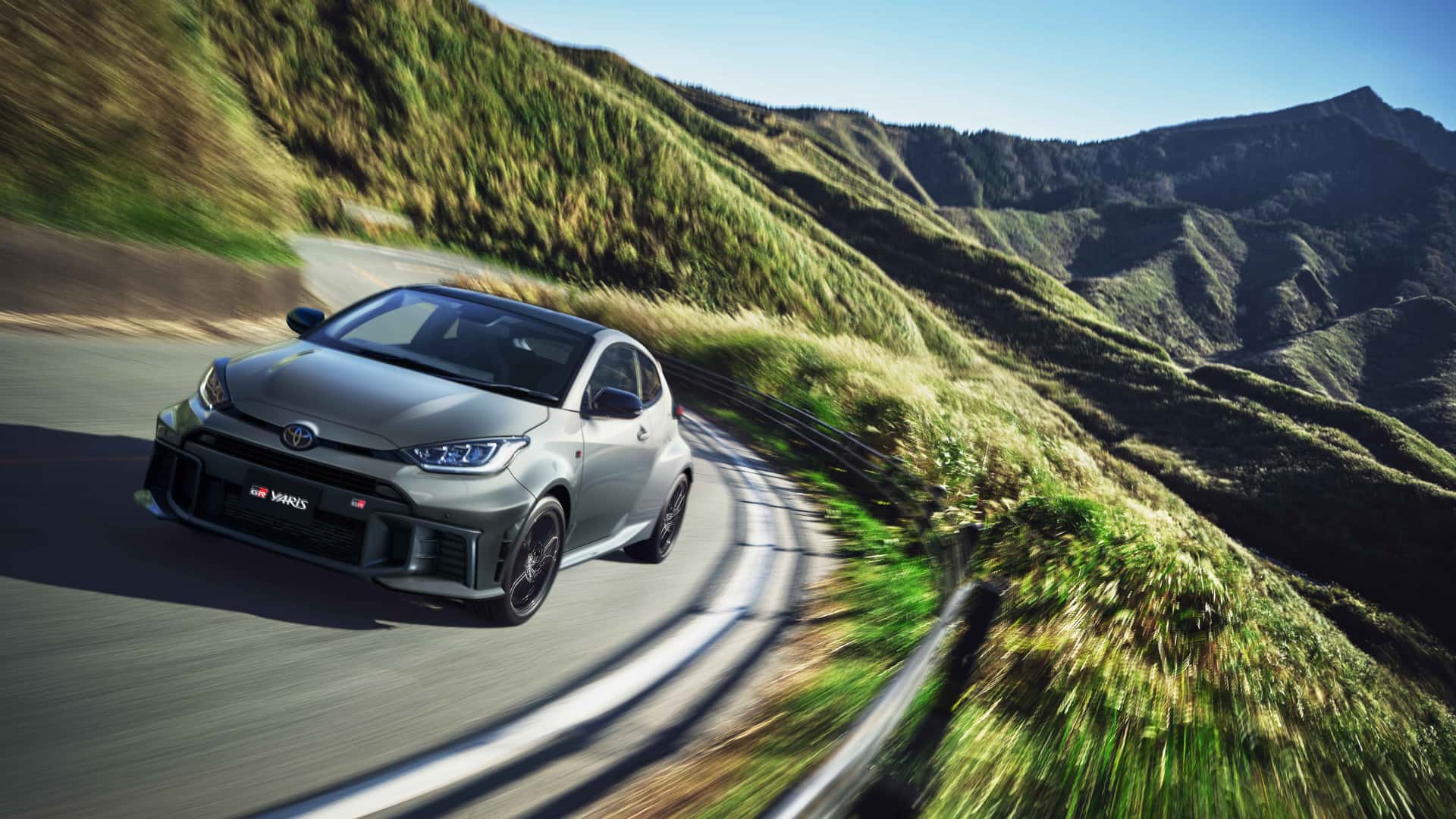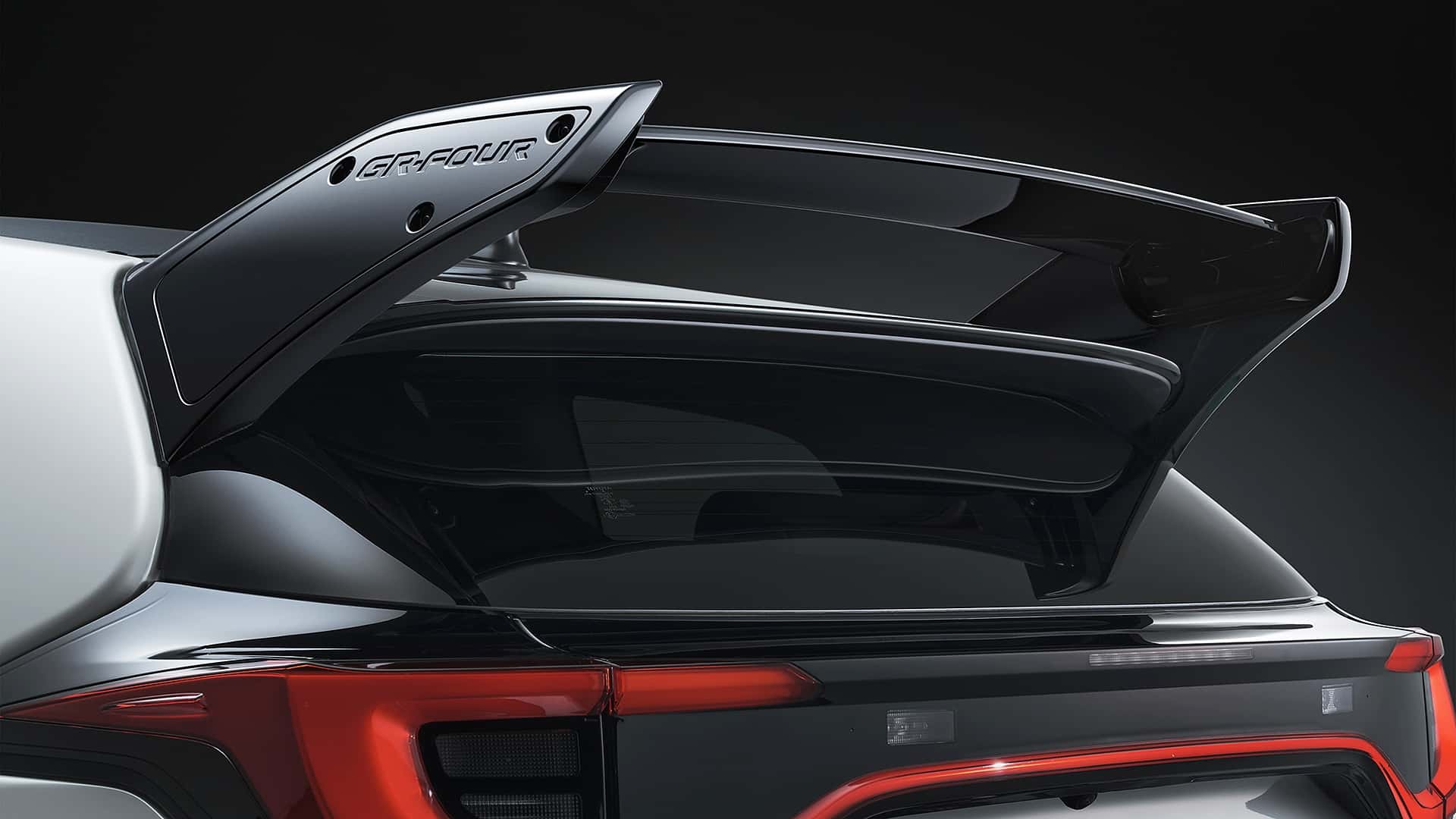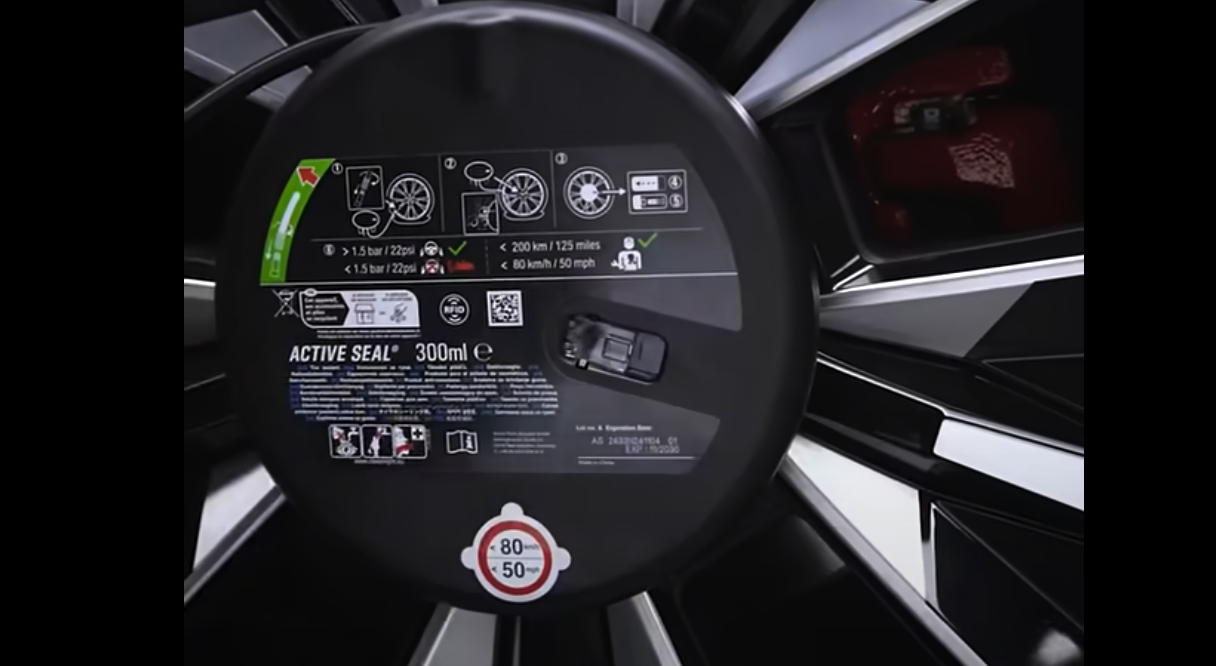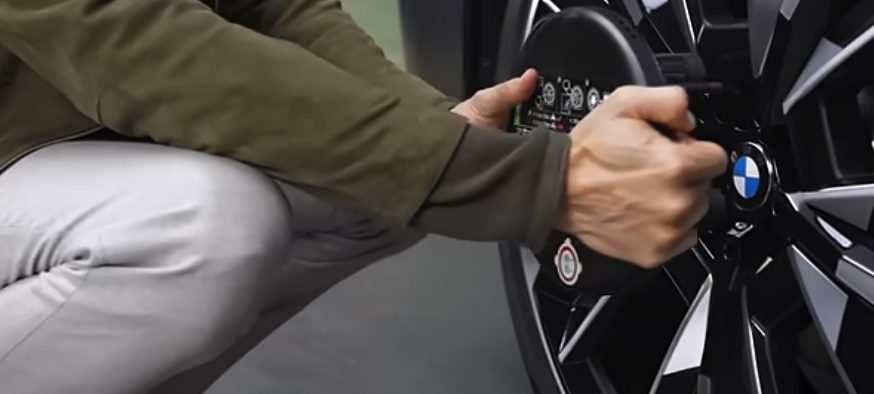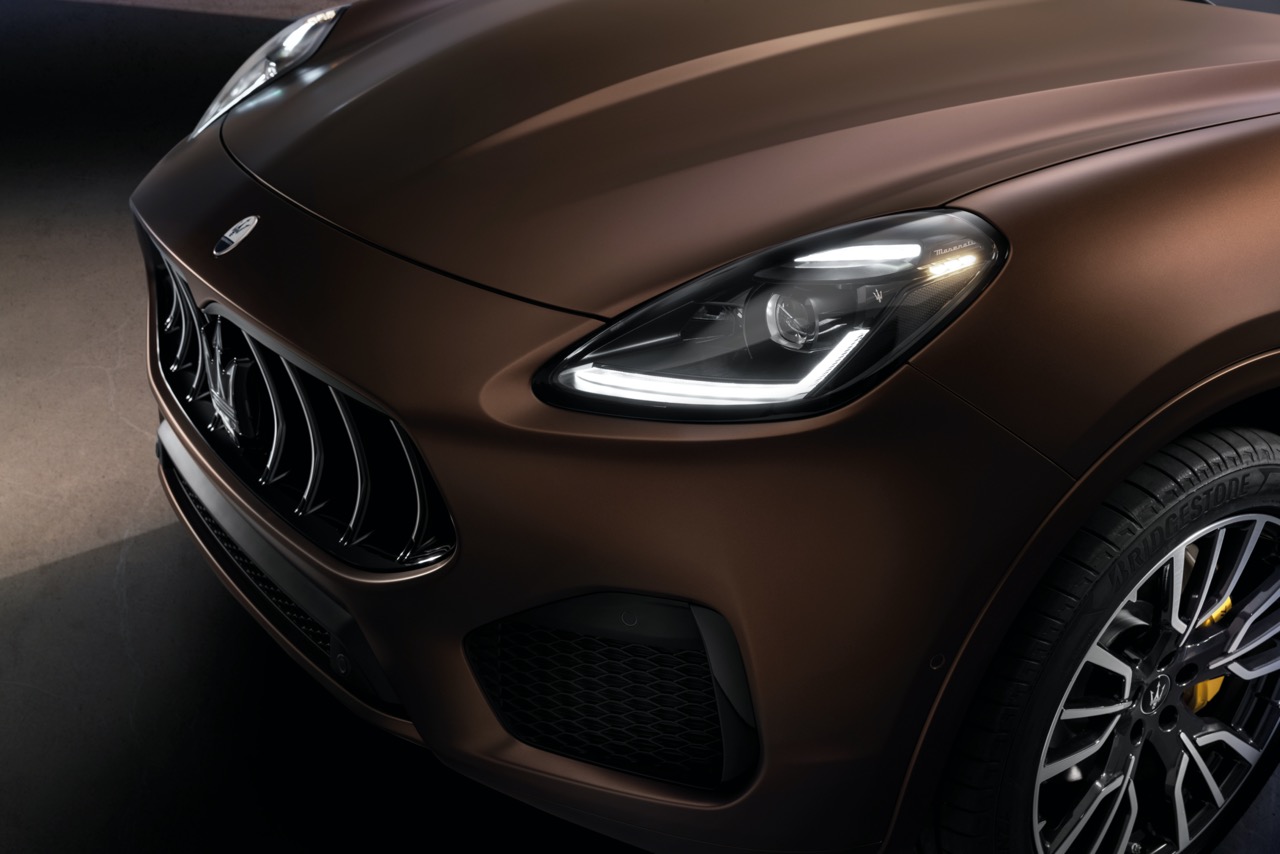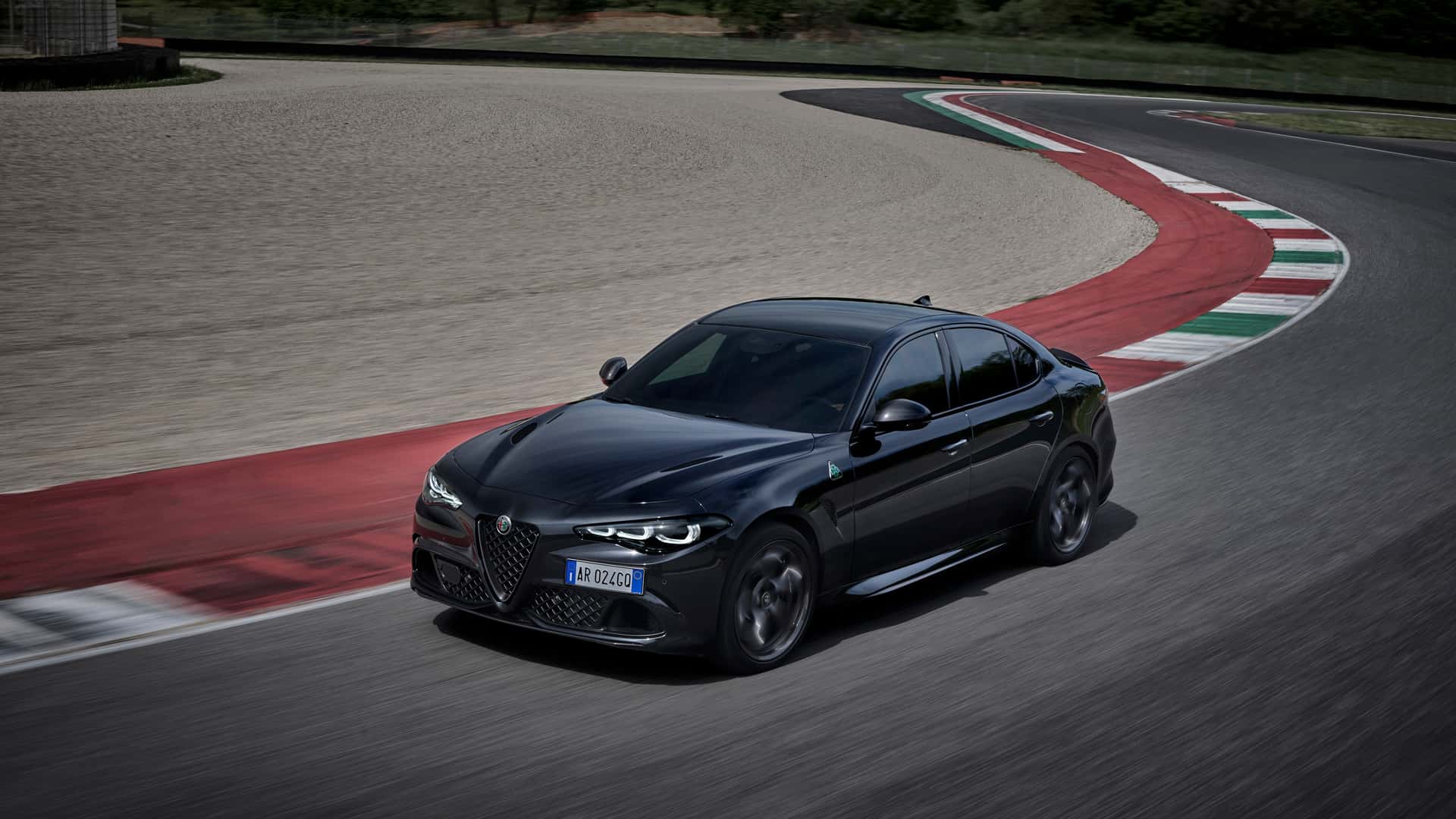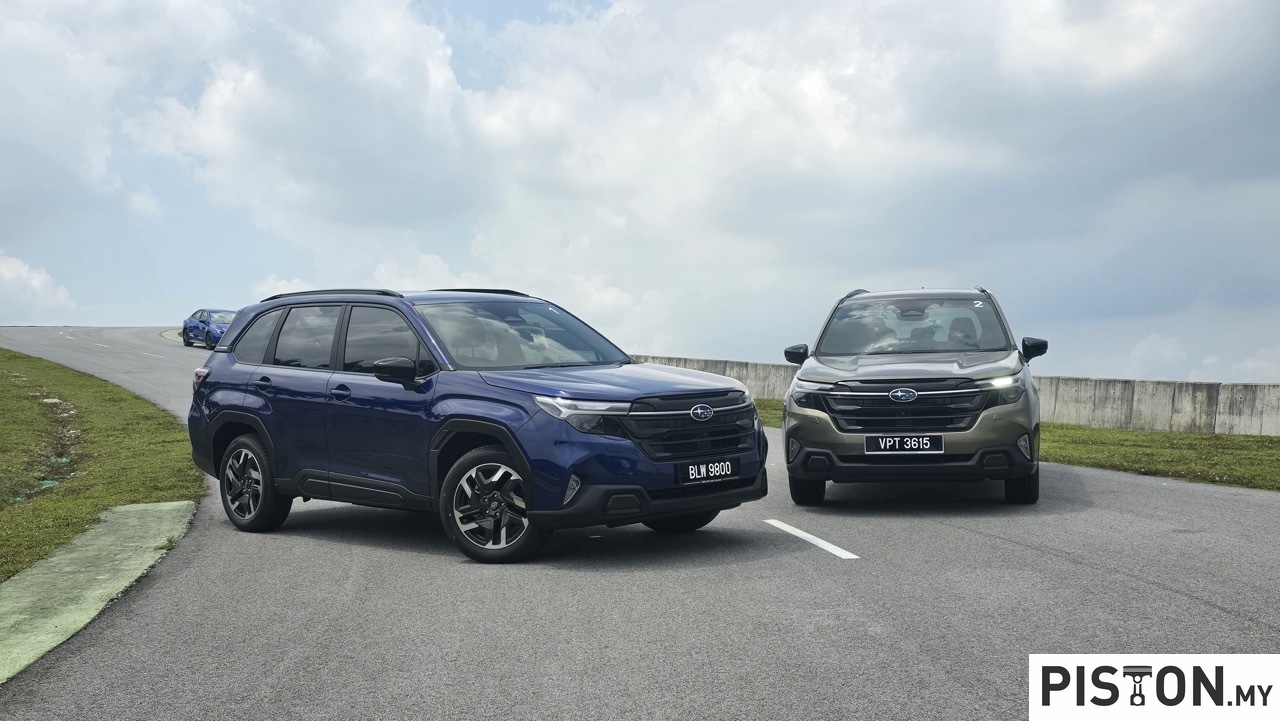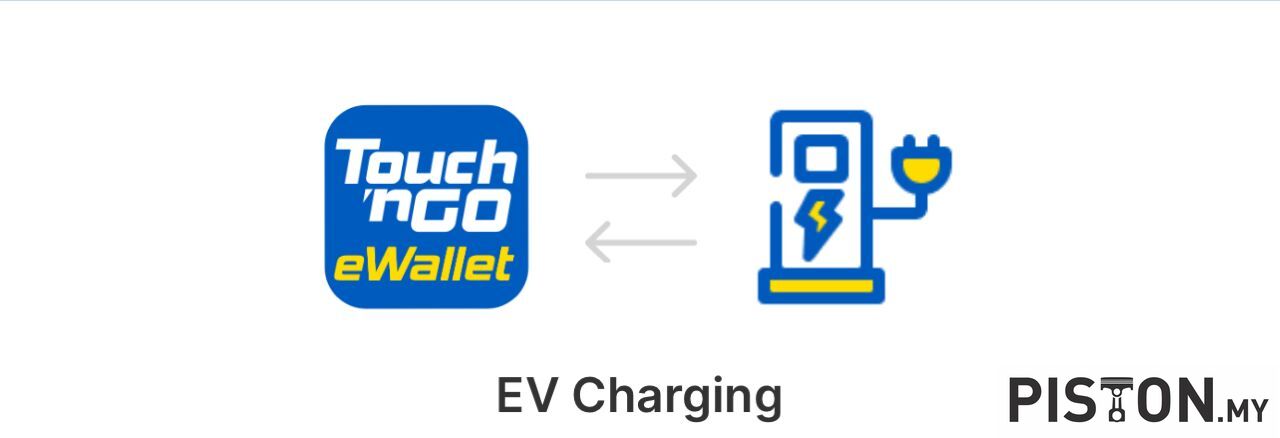Despite the automotive industry’s ongoing shift towards electrification, digitalisation, and downsizing, Mazda has no intention of abandoning the core characteristics that have made the MX-5 a beloved icon for over three decades. Even after ten years on the market, the current ND-generation Miata remains a favourite among enthusiasts, and the Japanese marque appears committed to preserving its spirit in the forthcoming successor.
Masashi Nakayama, General Manager of Mazda’s Design Division, has confirmed that the next MX-5 will continue the brand’s pursuit of lightweight engineering, as reported by Road & Track. Mazda’s internal goal is to keep the future model’s kerb weight below 1,000kg. This weight target echoes the philosophy of the Japan-only ND 990S, which currently stands as the lightest version of the Miata at just 990kg.
While car buyers often anticipate more interior space with each new model generation, those hoping for a roomier MX-5 cabin may be left disappointed. Mazda’s engineers are determined to keep the vehicle compact, and the new model is expected to retain a length of under four metres. This would align closely with the current ND’s measurement of 154.1 inches, reaffirming the brand’s stance on maintaining the Miata’s signature footprint.

